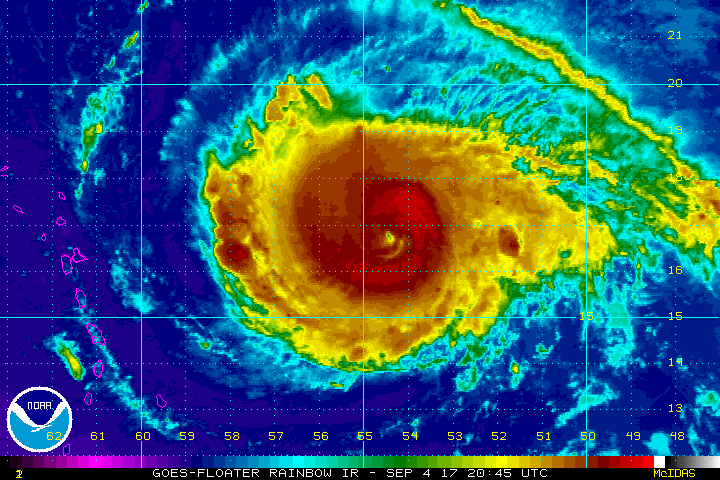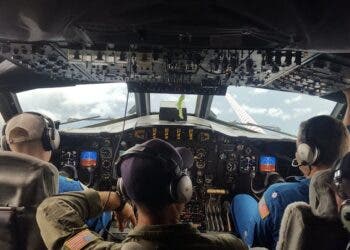At least one person was killed, though the real number might be much higher.

As Hurricane Irma became one of the strongest hurricanes in recorded history, the Caribbean braced — but there was not much it could do. Barbuda Prime Minister Gaston Browne said that the winds of 185 mph are unprecedented and that they left the island barely habitable.
“The entire housing stock was damaged. It is just a total devastation,” Mr Browne told local news station ABS. “This rebuilding initiative will take years,” he added.
“I have never seen any such destruction on a per-capita before as I saw when I was in Barbuda this afternoon. The telecommunications system is totally destroyed, we have seen cell towers snapped in two.”
“Barbuda now is literally rubble,” he summed it up.
Thankfully, at least some of the island’s buildings have survived, but things are not looking good. Around 60% of Barbuda’s 1,600 residents have been left homeless, and it’s unclear how they will manage to find shelter, as another hurricane might threaten the island. Hurricane Jose is fast approaching, and apparently also picking up steam.
Other parts of the Caribbean are also reeling. Approximately 95% of the buildings on the French part of the island St Martin have been destroyed. As Irma seems to be headed for Florida, a state of alarm has been declared for the state. Florida’s governor Rick Scott has urged coastal residents to heed evacuation orders. There are approximately 80,000 inhabitants in the southern parts of the Florida Keys area, which is also a touristic hotspot.
It remains to be seen what the hurricane’s direction will be. Satellite monitoring and computer models help us predict this movement and prepare for it — something which President Trump has already slashed funding for. Meanwhile, Trump rushed to Twitter (where else?) to reassure people that “great teams of talented and brave people” are “already in place and ready to help”.






